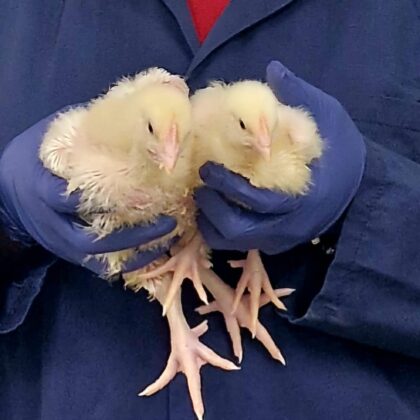Developing a novel machine learning-based index (ISA) for reproductive cow selection for wetlands
Traversing a time marked by frequent revisionist intentions, the revaluation of findings, and the high speed of information suggested by modern algorithms, we recognise the real need to incorporate different approaches into the strong bioenvironmental system, shaped by the fundamental interaction between cattle–environment–humans, with branches leading towards strategic aspects of today, such as: the production of animal-based protein, the rational use of sensitive environmental systems, animal welfare, traditional socio-economic sectors, alongside the powerful tools of artificial intelligence, inferential statistics, and mathematical equations.

























































































